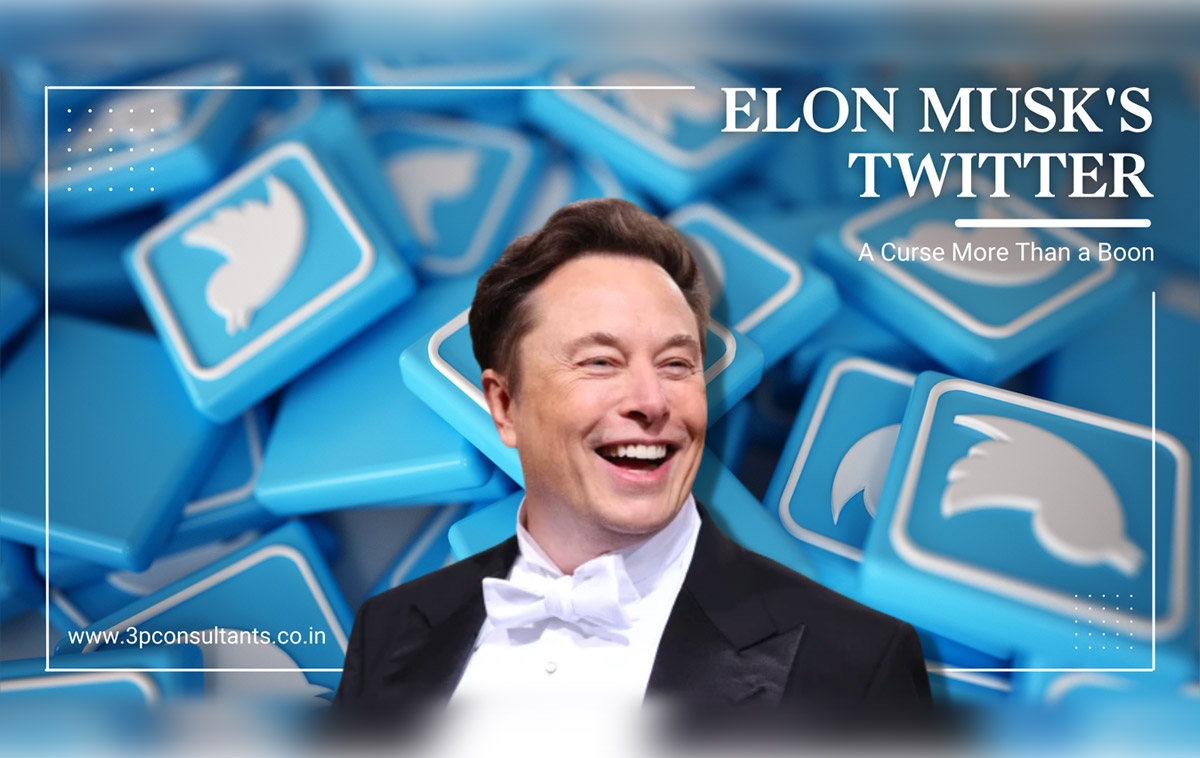The world of social media experienced a dynamic shift in powers towards the end of October 2022, with the tech billionaire Elon Musk taking the reigns of Twitter. The Tesla maker caused a storm in the market by purchasing the microblogging site for an estimated $44 billion.
What followed has been nothing short of a roller-coaster ride for its employees, with Musk paving the way for Twitter 2.0. The tech billionaire sent a memo that served as an ultimatum, directing employees to either prepare for a grueling work schedule or quit.
Within a month of taking over, the 51-year-old fired close to 5000 employees, which included about 1200 software engineers. Bearing most of the brunt for Musk’s polarizing decision were employees at Twitter India. According to reports, the University of Pennsylvania graduate has fired 90% of the Indian employees, reducing a 200 people workforce to a mere 20.
The big names to face the axe at the Twitter headquarters in San Francisco were former CEO Parag Agarwal and the Company’s policy chief Vijaya Gadde, all of whom had Indian roots.
Some of Musk’s other controversial decisions included introducing an $8 subscription per month for users with blue checkmarks. The South African native further planned to add a gold checkmark for companies and gray in case of governments.
The recent example of Twitter serves as a case study for umpteen large-scale organizations. However, given his past accomplishments, it may be too early to give Musk a grade.
Introducing changes at the top-level management level requires due diligence and swift implementation while keeping in mind the well-being of the employees. Failing to do so can lead to an unreconcilable strain on the employer-employee relationship, with some of the effects being the following.
- Emotional distress of employees.
- Employer’s additional costs to complete exit formalities.
- Goodwill of the Company possibly affected.
- Increase in attrition rates.
While changes of this magnitude are not always foreseeable, they can effectively be eased into the system to avoid major inconvenience.
- Effectively communicate the change.
- Provide a timeline for employees to prepare.
- Slowly but steadily introduce the measures.
- Seek feedback from the employees.
- Address grievances immediately
While the success stories of Tesla, SpaceX, and PayPal may act as a shield for Musk, one will have to adopt a wait-and-watch strategy in the above case, given there is a possibility the business savant may have got it wrong this time.



